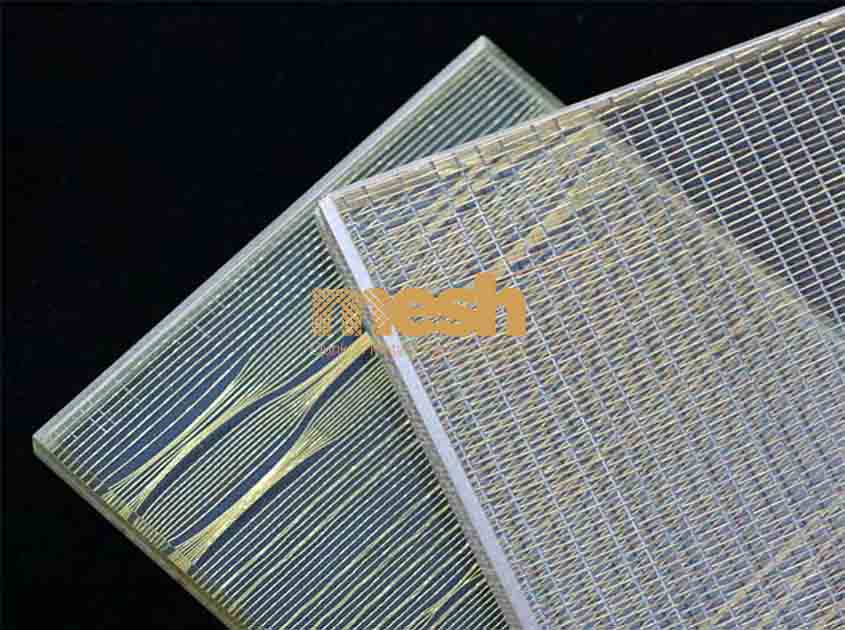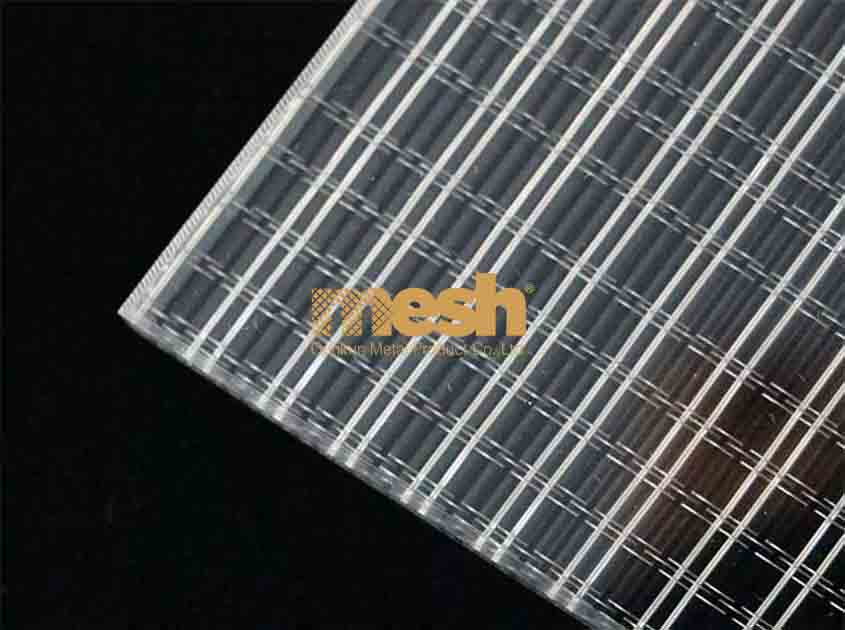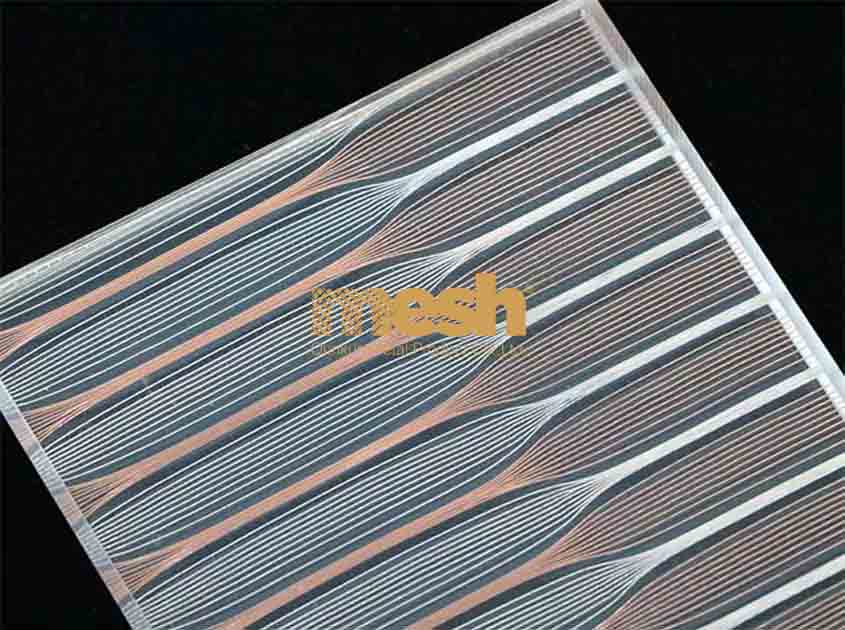Introduction:
Laminated glass metal mesh, with its unique properties and design versatility, has the potential to offer protection against EMI.In today's interconnected world, electromagnetic interference (EMI) has become a concern for various industries, including technology, healthcare, and manufacturing. In this article, we will delve into the topic of whether laminated glass metal mesh provides protection against electromagnetic interference. By examining its characteristics, benefits, and applications, we can assess its effectiveness in shielding against EMI in different environments.

Understanding Electromagnetic Interference (EMI):
Electromagnetic interference refers to the disturbance caused by electromagnetic radiation or electromagnetic fields on electronic devices or systems. EMI can lead to malfunction, disruption, or loss of data in sensitive electronic equipment. Shielding materials are commonly used to mitigate the impact of EMI and protect against unwanted interference.

Characteristics of Laminated Glass Metal Mesh:
Laminated glass metal mesh possesses several characteristics that contribute to its potential for EMI protection:
Conductivity: The metal mesh component of laminated glass metal mesh offers conductivity, which can help to dissipate and redirect electromagnetic waves or radiation away from sensitive areas.
Transparency: Laminated glass metal mesh retains transparency despite its metal composition. This characteristic allows for the integration of EMI protection without compromising visibility or aesthetic appeal.
Durability: Laminated glass metal mesh provides durability and strength due to its composition of tempered or laminated glass and metal mesh. It can withstand physical stress while maintaining its shielding properties over time.
Design Versatility: Laminated glass metal mesh can be customized in terms of metal type, mesh density, and pattern design. This flexibility allows for tailored solutions that balance EMI protection with functional and aesthetic requirements.

EMI Protection and Applications:
Laminated glass metal mesh can offer EMI protection in various applications, including:
Healthcare Facilities: In environments such as hospitals or laboratories, where sensitive medical equipment is in use, laminated glass metal mesh can be integrated into windows, doors, or partitions to provide EMI protection. This helps prevent interference with critical healthcare equipment and ensures accurate readings and reliable performance.
Research and Development Centers: Research facilities, laboratories, and testing centers often deal with sensitive electronic equipment. Laminated glass metal mesh can be utilized in shielding enclosures or chambers to prevent external EMI sources from interfering with experiments, measurements, or testing procedures.
Data Centers: Data centers house vast amounts of electronic equipment and sensitive data storage systems. Laminated glass metal mesh can be employed in server rooms or control centers to shield against external EMI sources and maintain the integrity and security of critical data processing systems.
Electronics Manufacturing: During the production and testing of electronic components or devices, laminated glass metal mesh can be utilized as shielding enclosures or partitions to isolate sensitive areas from external electromagnetic fields. This ensures accurate measurements and reliable product quality.

Considerations and Effectiveness:
While laminated glass metal mesh offers potential EMI protection, several considerations should be taken into account:
Frequency Range: The effectiveness of EMI shielding depends on the frequency range of the electromagnetic waves or radiation being targeted. The specific mesh density, metal type, and configuration need to be selected accordingly to provide optimal protection within the desired frequency range.
Installation and Grounding: Proper installation and grounding of laminated glass metal mesh are crucial for effective EMI protection. The mesh should be securely attached and grounded to provide a continuous conductive path for the electromagnetic energy to be dissipated.
EMI Testing and Certification: To ensure the effectiveness of EMI protection, it is recommended to conduct EMI testing and obtain relevant certifications. These tests assess the shielding effectiveness and compliance with industry standards, providing confidence in the material's ability to mitigate EMI.
pre:Can Laminated Glass Metal Mesh be used for branding and signage purposes
next:none
© 2025 Joinwin Architectural Wire. All Rights Reserved. | Sitemap
Recommended Read
Can Laminated Glass Metal Mesh be used for branding and signage purposes
How does Laminated Glass Metal Mesh contribute to privacy and security in public spaces